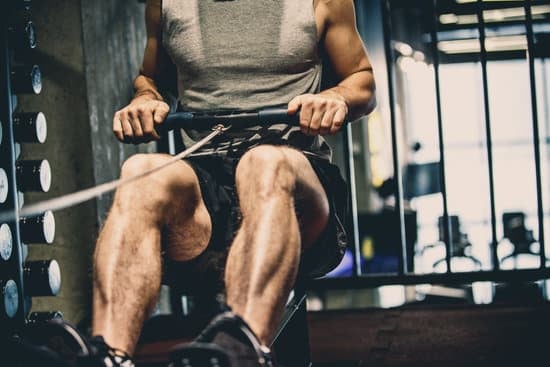Cross-training is a fundamental aspect of any athlete's training regime, offering a plethora of benefits ranging from improved fitness levels to injury prevention. Among the myriad of cross-training options available, indoor rowing stands out as a highly effective and versatile choice. In this blog post, we'll explore how athletes across all sports can leverage indoor rowing to enhance their performance, with a focus on its advantages, versatility, and how to incorporate it into your training schedule.
Why Choose Indoor Rowing?
Indoor rowing is more than just a cardiovascular workout; it's a full-body exercise that simulates the action of watercraft rowing. This activity engages 85% of your muscles, including legs, arms, back, and core, providing a comprehensive workout that few other machines can match.
1. Enhanced Cardiovascular Fitness
Rowing machines offer a stellar cardiovascular workout, improving heart health and increasing stamina. This is crucial for athletes who require endurance in their sport, allowing them to perform at a higher level for longer periods.
2. Low Impact, High Results
One of the most significant advantages of indoor rowing is its low-impact nature, making it suitable for athletes who are recovering from injury or looking to reduce the strain on their joints. Despite being low impact, it's highly effective in building strength and endurance.
3. Improved Strength and Endurance
Indoor rowing provides a balanced workout that builds both strength and endurance. The resistance can be adjusted to suit your fitness level and goals, whether you're aiming to increase muscle endurance or power.
4. Versatility and Accessibility
Whether you're a professional athlete or a weekend warrior, indoor rowing is accessible and beneficial. It can be easily incorporated into any training schedule, offering a convenient way to add variety and challenge to your routine.

Incorporating Indoor Rowing into Your Training
To reap the maximum benefits of indoor rowing for cross-training, consider the following tips:
Start with Technique
Before ramping up intensity, focus on mastering the correct rowing technique to ensure efficiency and prevent injury. Consider consulting a coach or referring to instructional videos.
Integrate Rowing Sessions
Begin by incorporating short rowing sessions into your training schedule, gradually increasing duration and intensity. This can include interval training, steady-state sessions, or a mix of both to target different energy systems.
Tailor to Your Sport
Customize your rowing workouts to complement the demands of your primary sport. For example, endurance athletes might focus on longer, steady-state sessions, while sprinters could benefit from high-intensity intervals.
Monitor Your Progress
Use the metrics provided by rowing machines to track your progress over time. Pay attention to improvements in your rowing performance, as well as any positive impact on your primary sport.
Conclusion
Indoor rowing is an exceptional cross-training tool that athletes from all sports can utilize to enhance their performance, improve cardiovascular health, and build strength and endurance with minimal risk of injury. By incorporating indoor rowing into your training regime, you can achieve a balanced and effective workout that complements your athletic goals. Start integrating this versatile exercise into your routine and witness the transformative effects it can have on your overall fitness and sport-specific performance.
Remember, the key to successful cross-training with indoor rowing lies in consistency, proper technique, and tailoring your workouts to align with your athletic objectives. Happy rowing!











